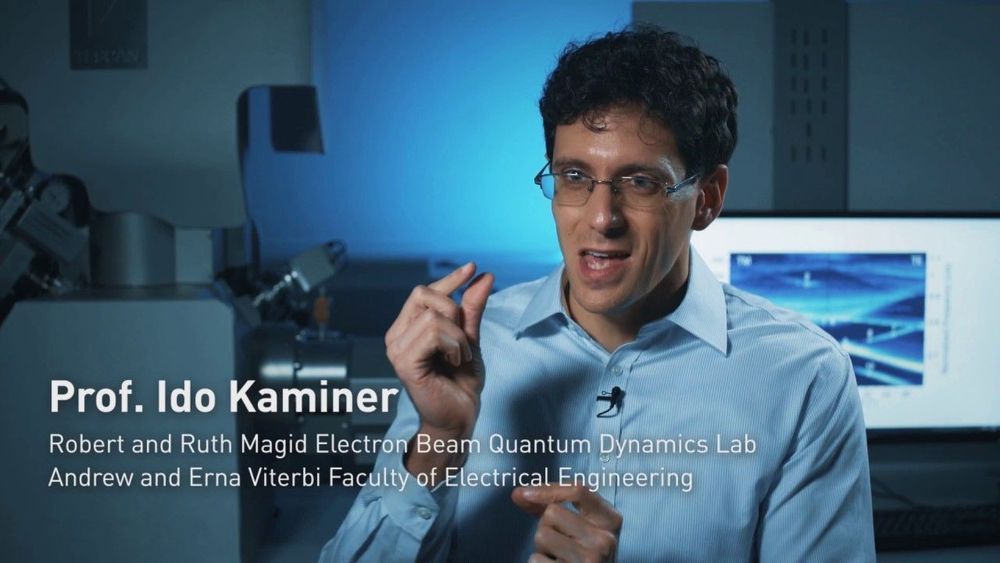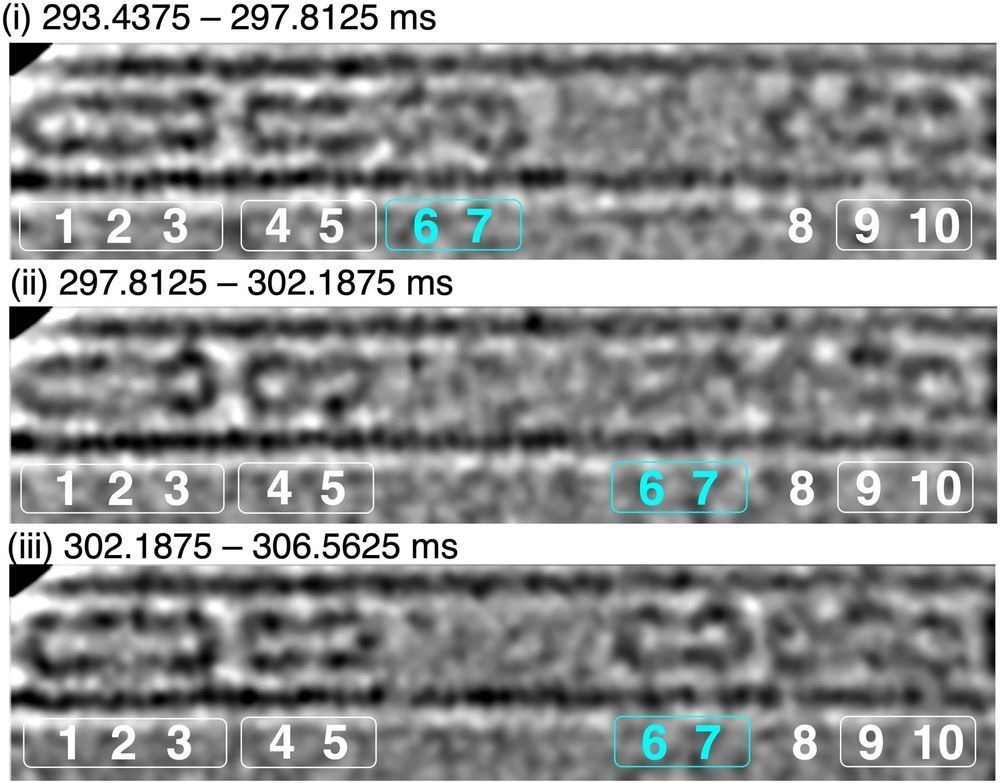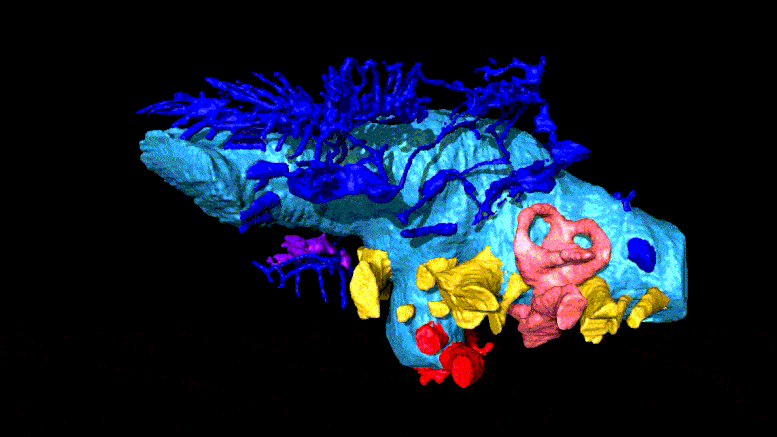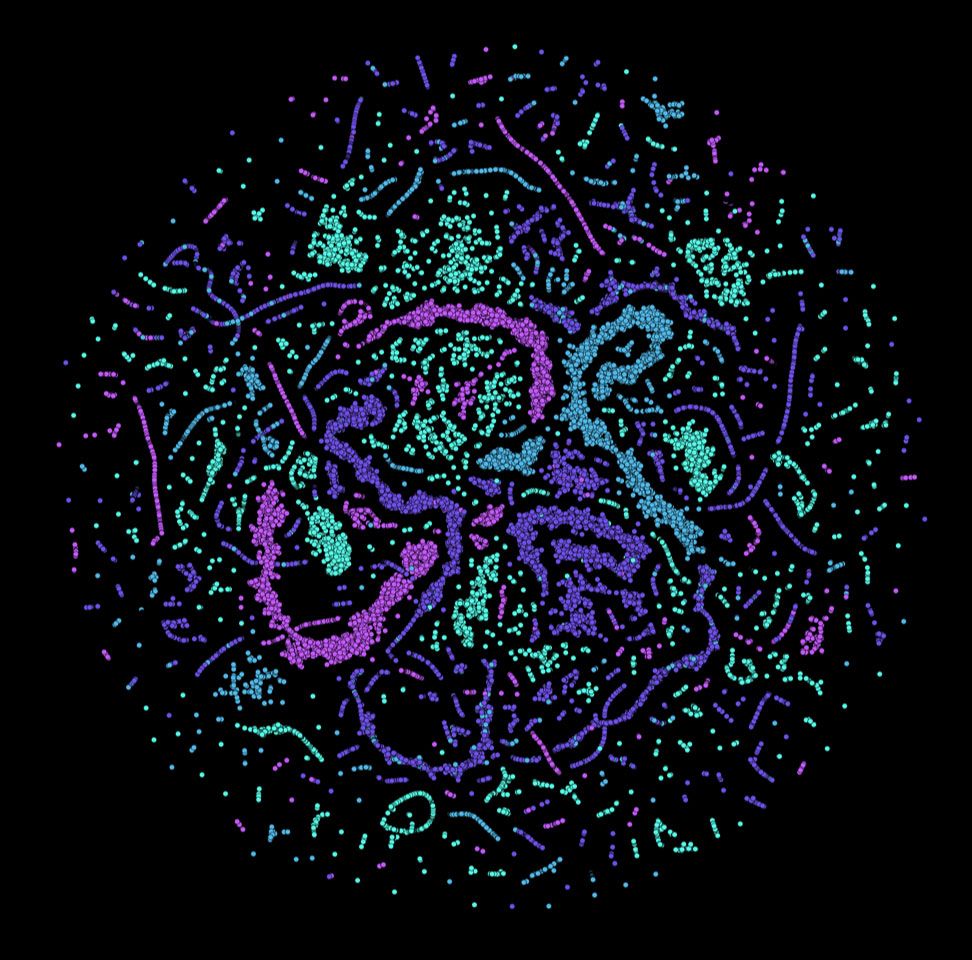Jun 5, 2020
One-of-a-kind microscope enables breakthrough in quantum science
Posted by Quinn Sena in categories: computing, quantum physics, science
Technion Professor Ido Kaminer and his team have made a dramatic breakthrough in the field of quantum science: a quantum microscope that records the flow of light, enabling the direct observation of light trapped inside a photonic crystal.
Their research, “Coherent Interaction Between Free Electrons and a Photonic Cavity,” was published in Nature. All the experiments were performed using a unique ultrafast transmission electron microscope at the Technion-Israel Institute of Technology. The microscope is the latest and most versatile of a handful that exist in the scientific world.
Continue reading “One-of-a-kind microscope enables breakthrough in quantum science” »


















